Balcony power plants are very popular this year, not least thanks to the current VAT exemption for solar systems. The prices have leveled off at less than 500 euros for sets with two PV panels and a maximum feed-in power of 600 watts. If you buy and connect the components individually, as with putting together a PC, you can get your own nuclear fusion energy collector even cheaper.
So it’s no wonder that more and more balconies, garage roofs and terraces are now contributing to the generation of electricity in the household and thus reducing the electricity bill. In my article about the purchase of my balcony power plant, I myself predicted an annual saving of 200 euros. But read for yourself:
The year isn’t quite over yet the system went into operation in mid-August 2022, so it has now been able to generate electricity for a good eight months. Rather unfavorable for an interim result: Most of the months were in the Valley of tears
for PV fans, the dark season with few hours of sunshine a day and lots of clouds.
What is a balcony power plant?
Generating energy on your own balcony – Holger Laudeley, who is well known in the solar scene, coined the term balcony power plant many years ago, but the term does not reveal all the possibilities of the technology.
A balcony power plant consists of one or two solar modules; an inverter to convert solar energy into alternating current and feed it into the grid; as well as the necessary connection cables and fastening material.
It doesn’t have to be a balcony: a mini PV system can also be implemented on the terrace, on the wall of the house or even as a fence element.
Most of these things are offered in a set – my system cost over 1,000 euros because impatience is sometimes expensive. Prices of currently from 399 euros tempt you to bite your own behind, Anyone who bought a graphics card during the Corona period knows that.
How the mini-PV system is correctly connected has long been a matter of debate in the past, the responsible association VDE provided for a special feeder plug, called a Wieland plug. Since this has to be installed by an electrician, this was difficult to reconcile with a spontaneous purchase that was put into operation quickly. Nevertheless, almost all sets in the trade are delivered with a Schuko plug, technically there is nothing to be said against it and more and more power grid operators are no longer resisting it.
Not least due to a very successful petition by our interviewee in the previous article mentioned above, Dr. Andreas Schmitz (known on YouTube as Akkudoktor), who was admitted to the Bundestag lecture with over 100,000 signatures, is now leaning towards politics significant simplifications regarding balcony solar.
Link to YouTube content
The connection should be made with a standard Schuko plug, like the one that supplies your PC with power – as well as easier registration and an increase in the maximum permitted power from 600 watts to 800 watts. The petitioners also demand that landlords can no longer simply refuse the solar systems.
That would be nice, because the rest of the construction of the balcony power plant is not difficult and the current can flow immediately afterwards. And then at the latest something interesting happens to many users: Since the electricity is ideally consumed by the consumer – there is no feed-in tariff – people often start to think differently about electricity consumption. The washing machine and dishwasher then run preferably in the sunny time of day, and your own consumption is optimized at the same time.
There is also a lot of gamification behind it – with real savings opportunities on the next electricity bill. But how much do you save now?
The solar bags in the background are not part of the fixed system, but the panel in the foreground is (Longi 375 watts).
The savings from my balcony power plant after 8 months
First of all some not unimportant information: When planning a balcony power plant, it is important to have at least a rough idea of your own electricity consumption in the household. The more of the generated electricity you don’t use yourself, the worse the savings balance looks in the end.
Since two adults with a full-time home office and two teenagers with a great love of technology live here, our consumption is also quite high during the day. That’s why we almost always make full use of the 600 watts of the inverter.
Do you recognize the valley of tears? December was rather sad in terms of sun. Incidentally, measurements are taken here with an adapter from Shelly.
In eight months we generated 347 kilowatt hours and only gave the electricity provider 5 kilowatt hours. I am well aware that most users will not be able to use significantly more of the electricity themselves. If you work outside the home during the day, you might find battery-based suggestions at the end of this article.
The 342 kilowatt hours consumed in the house result in savings of 136.80 euros at my electricity tariff (thanks to the electricity price brake) with 40 cents per kWh. If you pay less or more for your electricity, you can of course do the math yourself using your numbers.
From 10:00 a.m. to 5:00 p.m., the system produced a nice yield that day – if you are not at home at all during this time, you give away the electricity to your electricity provider.
More than half of the year from the €200 announcement has already passed, but I am confident that after 12 months there will even be savings of over €200. After all, the sunny season is only just beginning. The first summery days of spring have already increased daily electricity production from 1-2 kWh to almost 5 kWh and with a few planned optimizations there should be a lot more possible.
Until now, the house has been casting an unpleasant shadow on the two panels on the garage roof since late afternoon. They are oriented so far that one is angled slightly to the south-east to capture more morning sun and the other a little to the south-west to capture sun as long as possible. In the afternoon, 600 watts still come through (on cloudless days), but the yield in the morning and afternoon increases slightly compared to a pure southern orientation.
On the balcony you often have to use the given orientation, but if the solar system can be installed on a carport or garage roof, you can play with the cardinal directions to optimize the yield.
Individual solar panels with a peak output of 400 watts are available for less than 140 euros. So I plan to expand to a third panel before summer. In this way, the yield can be increased conveniently and cheaply – for me it would be in the evening hours, since the third panel can work uncovered by the house shadow. It is simply connected to the existing inverter using a cheap double adapter.
When nobody is at home: battery storage for balcony power plants
With the current boom in mini solar systems, more and more manufacturers are bringing solutions to the market to increase yields. A big problem: most people are likely to spend the sunny hours at work, studying or at the outdoor pool instead of consuming the electricity generated at home. The electricity generated in the meantime flows unpaid into the public grid.
Companies like Zendure want to support the balcony power plant with batteries. Due to the high costs for the battery storage, this has only paid off in the long term and if you rarely use electricity at home during the sunny season.
Manufacturers such as Zendure and Ecoflow have now announced extensions for the existing balcony power plant that connect one or more batteries and store excess electricity there. While Zendure’s solution is designed for easy installation and use, Ecoflow lets you customize it more: The solution is designed for the in-house power stations, which you can purchase in different sizes.
Practical: The manufacturer wants to use switchable sockets to enable battery power to be fed into the home network when consumers with high energy requirements such as washing machines or coffee machines are switched on.
The ulterior motive is not entirely unselfish: While you have to buy less electricity, the incentive to buy a more lavishly dimensioned and more expensive power station increases. But you can also use it on the go, for example when camping. Or at the next garden LAN party:
My balcony solar conclusion so far
Do I regret the purchase? No way! Seeing your own electricity meter turn more and more slowly with increasing sun – until it even stops – is a great feeling that also grabs people who are not technically interested.
More and more technology consumes more and more electricity, which has a negative impact on the electricity bill. Although the electricity prices for new contracts are falling again, the energy costs are still a burden.
The heart of the system is the inverter, here a Hoymiles HM-600. The connection is very simple and the device works stably and reliably even in the rain.
Renewable energies do require an initial investment, but thanks to the otherwise completely free electricity production, they quickly recoup them. At current prices for balcony power plants, this can sometimes even be after two to three years, but at the latest after five years (if you can also use the electricity generated).
I am very happy with my earnings so far, the system has proven that it can still generate a little electricity even in rain and snow and even quite a lot in good weather. When the daughter is playing The Sims 4, the son is abusing his electric guitar and the adults are hard at work, the electricity meter still often stands still.
And as Andreas Schmitz so aptly remarked during his appearance before the politicians in Berlin: Private balcony solar systems raise awareness of solar power. Since you benefit directly from it, you don’t even have to be particularly interested in mitigating climate change; a strong sense of saving is enough.
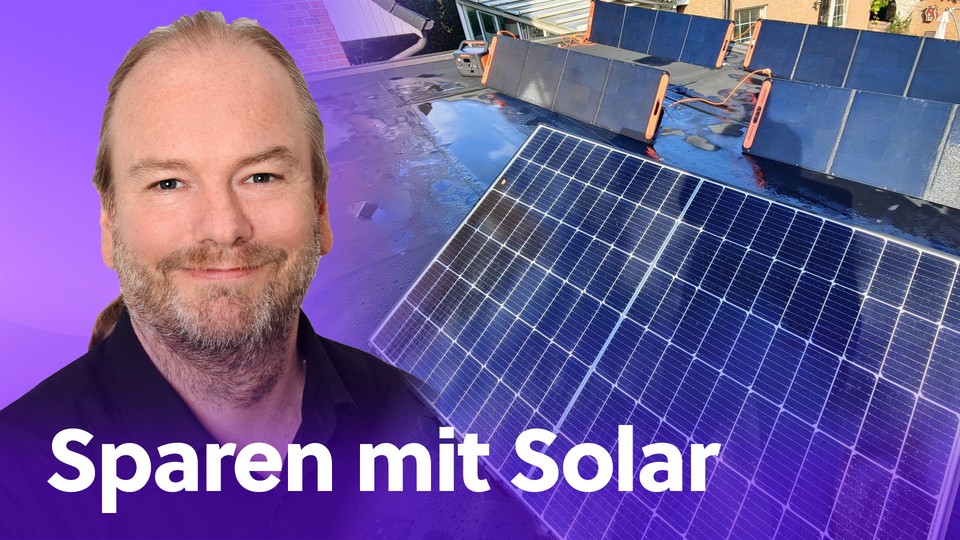



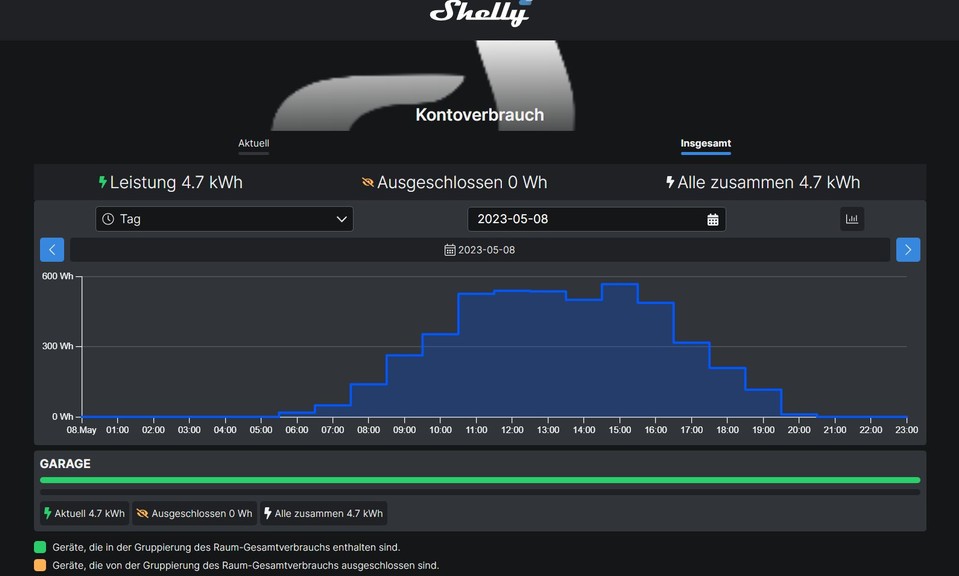
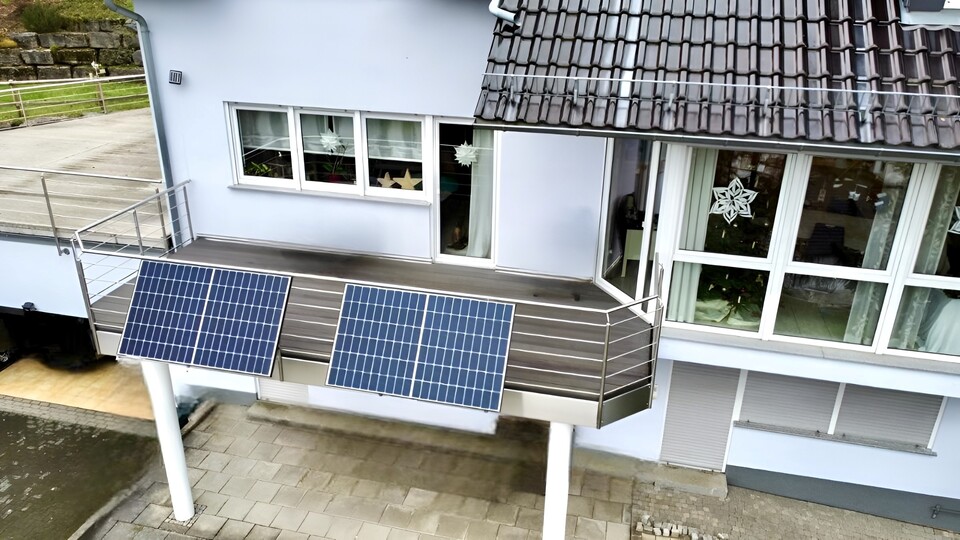
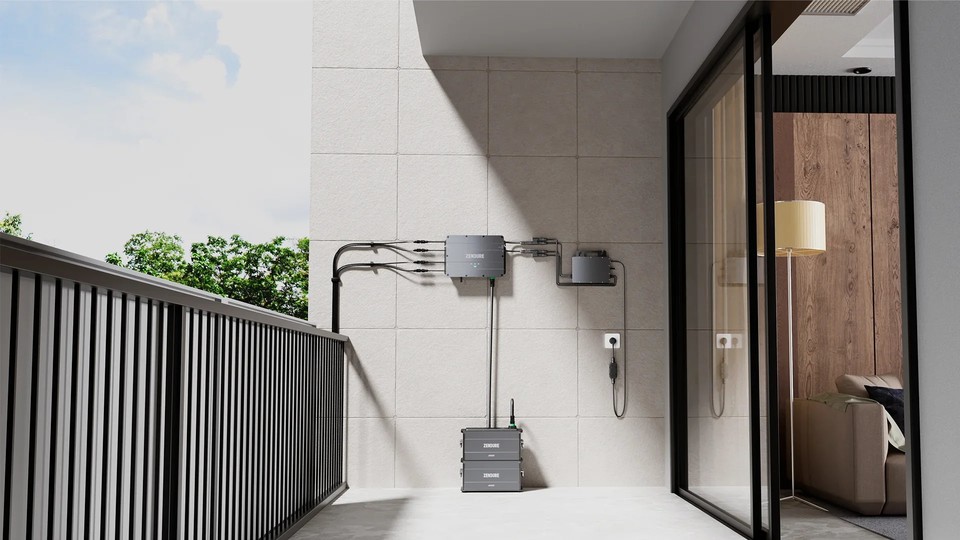
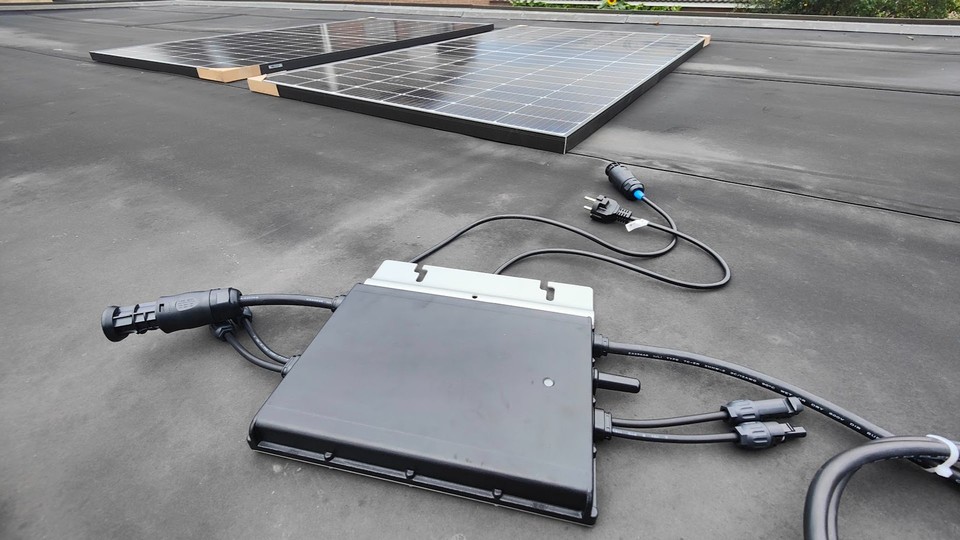

 What’s happening with AI? Researcher explains why you can look forward to more creative NPCs, competition for ChatGPT and hot dog tomatoes
What’s happening with AI? Researcher explains why you can look forward to more creative NPCs, competition for ChatGPT and hot dog tomatoes Cowboy launches new on-demand service: That’s what’s inside
Cowboy launches new on-demand service: That’s what’s inside The new 4K Fire TV stick is now brutally reduced and transforms your old television into a smart TV
The new 4K Fire TV stick is now brutally reduced and transforms your old television into a smart TV The best mouse I’ve ever had, convinces me for gaming, work and home office and is different than all its predecessors!
The best mouse I’ve ever had, convinces me for gaming, work and home office and is different than all its predecessors! The first smart glasses suitable for everyday use that you can buy
The first smart glasses suitable for everyday use that you can buy